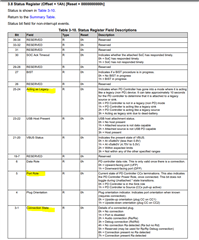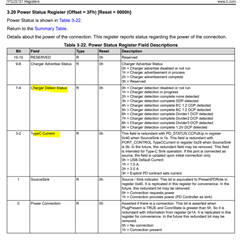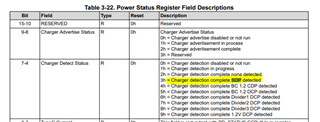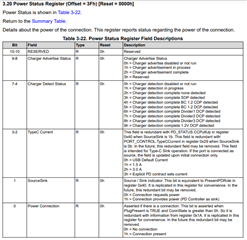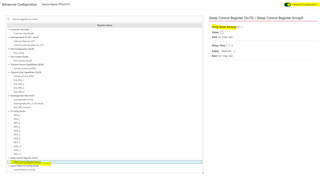Other Parts Discussed in Thread: BQ25792, , BQ40Z50, TPS25751, BQ40Z50-R2
To whom it may concern:
We are using the TPS25750 for a USB-PD and BC1.2 protocols design. Previously we received the BIN from TI, and everything seems working properly. However, after further test, this BIN file causes a very high leakage current on the TPS25750 IC, about 2.5-3mA. If we use the old BIN file, which didn't have BC1.2 coverage, the leakage current of the entire board, including TPS25750, BQ25792, BQ40Z50 and an MCU, is only 360uA.
Could you help to take a look at the BIN file and make the necessary updates?
I will share the BIN file separately since I have trouble to upload the file here.
Thank you!
Chen


